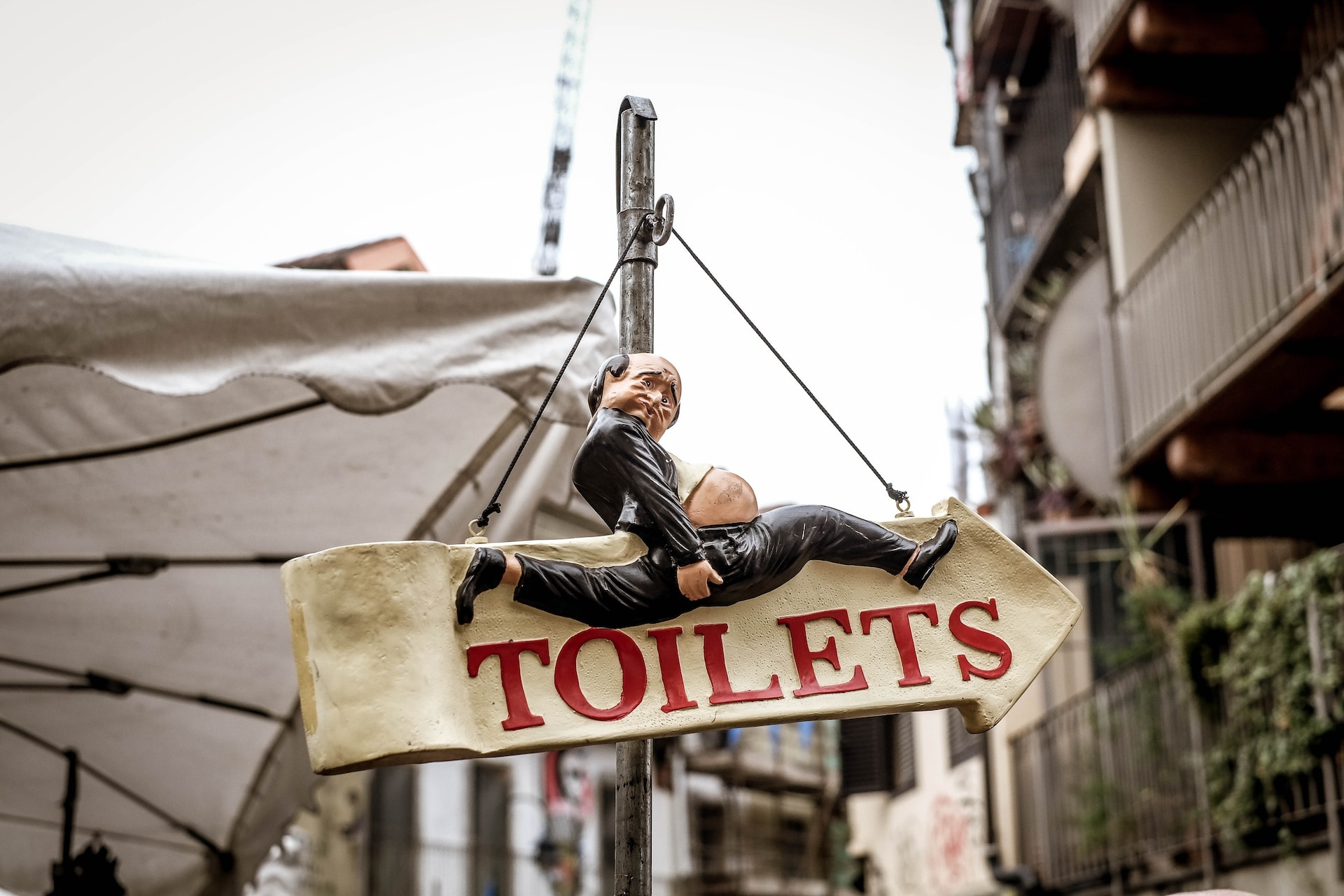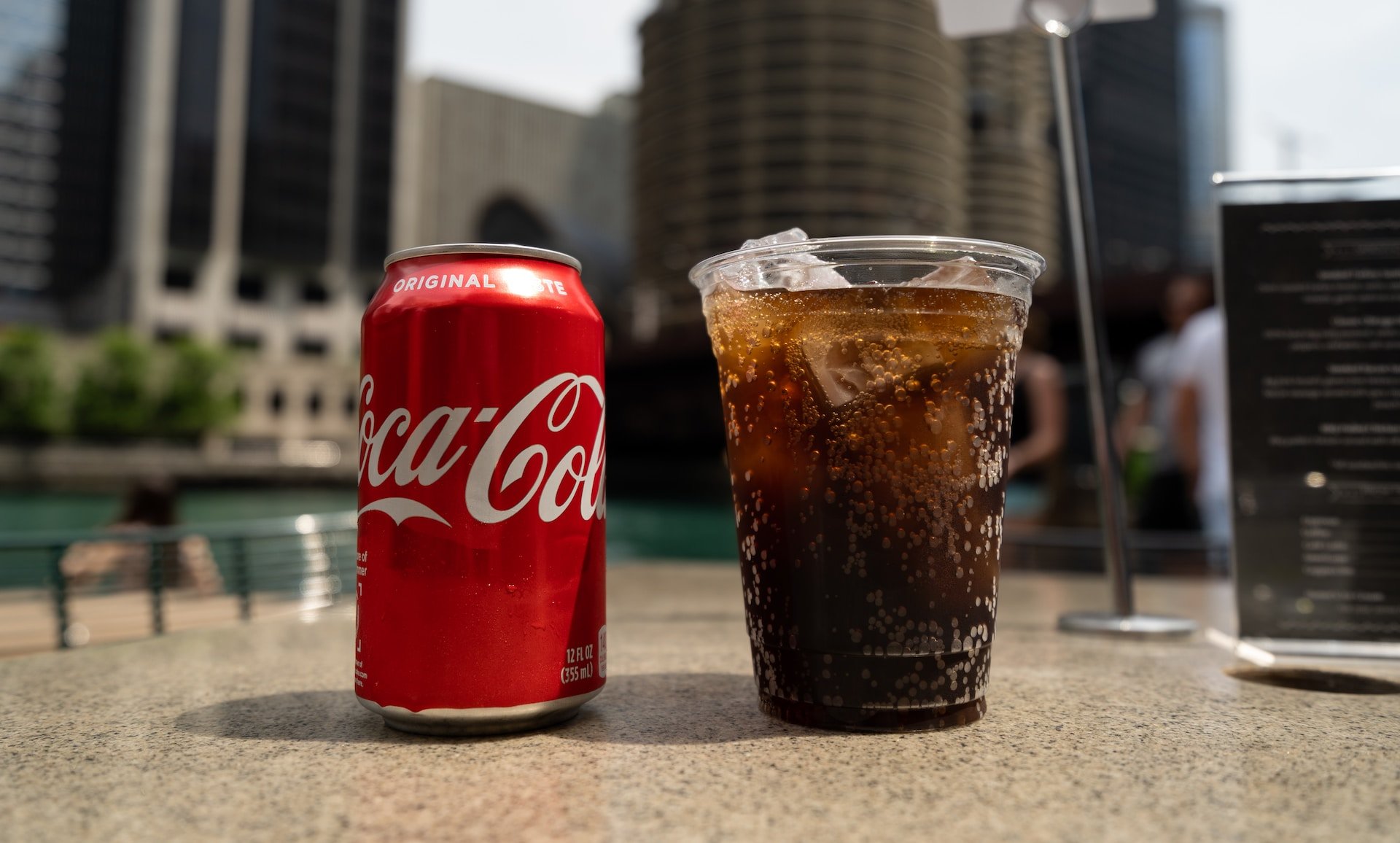“God bless the musical! God has called me to the stage and I will bear witness to him by working at the theatre,” the 27-year-old said as it was announced that she will be starring in the stage show Sister Act – Il Musical, which gets underway at Rome's Teatro Brancaccio on December 10th.
When asked what the Pope might say about her new role, she told Il Messaggero: “I think that he would support me, because the Church needs to reduce the distance between it and the people.
“My voice is a gift and I don’t believe there are any places which can’t be reached by the message of God.”
The musical follows the story of a singer who is placed in protective custody in a convent after being targeted by a mob boss. It is based on the hit 1992 film starring Whoopi Goldberg – who tweeted her support for Sister Cristina back when the nun first appeared on our screens.
http://t.co/UZHYvtr3tj For when you want a taste of sister act!
— Whoopi Goldberg (@WhoopiGoldberg) March 21, 2014
The nun shot to fame last year after she wowed judges on The Voice of Italy, performing hits including Girls Just Wanna Have Fun and What a Feeling. When her victory was announced, she thanked God and said a prayer in front of the startled studio audience. She has also won the hearts on fans around the world; the 27-year-old’s performances have been watched by millions on YouTube.
Sister Cristina she used to rebel against religion when she sang in a band but was inspired to be a nun when she auditioned for a part in a musical about the founder of the Ursuline Order, Saint Angela Merici.
Since her success in the TV singing competition, the nun has pursued her musical career by releasing an album, Sister Cristina, featuring a mixture of worship songs and pop hits, including a cover of Madonna's single, Like A Virgin.
In the musical, Sister Cristina will play the part of Sister Maria Roberta, a novice who has to choose between the outside world and the convent, eventually deciding to dedicate her life to serving God. Sister Cristina says she found it easy to relate to the part, as she remembers facing the same dilemma. She became a novice in 2009 and worked for two years with poor children in Brazil before formally joining the order.
She will share the part with actress Veronica Appedu in order to be able to continue with her monastic duties in between rehearsals.
Having taken a vow of poverty, Cristina's salary for her performances will go towards helping projects in Brazil. “There are children there who would like to be in a band, and we are trying to help them achieve that dream,” she said.
Click here for ticket information.







 Please whitelist us to continue reading.
Please whitelist us to continue reading.
Member comments